1. New Pricing Strategies
1.1. Market-Skimming Pricing: Companies bringing out a new product face the challenge of setting prices for the first time
1.1.1. The product's quality and image must support its higher price, and enough buyers must want the product at thay price
1.1.2. The costs of producing a smaller volume cannot be so high that they can cancel the advantage of charging more
1.1.3. Competitors should not be able to enter the market easily and undercut the high price
1.2. Market-Penetration Pricing: Set a low initial price to penetrate the market quickly and deeply - to attract a large number of buyers quickly and win a large market share.
1.2.1. The market must be highly price sensitive so that a low price produces more market growth
1.2.2. Production and distribution costs must fall as sales volume increases
1.2.3. The low price must help keep out the competition, and must maintain its low-price position - otherwise, the price advantage may be only temporary
2. Product Mix Pricing Strategies
2.1. Product Line Pricing
2.1.1. The price steps to set between the various products in a line
2.1.1.1. Consider cost differences between the products in the line
2.1.1.2. Account for differences in customer perceptions of the value of different features
2.1.2. The seller's task is to establish perceived quality differences that support the price differences
2.2. Optional - Product Pricing
2.2.1. Offering to sell optional or accessory products along with the main product
2.2.2. The company has to decide which items to include in the base price and which to offer as options
2.3. Captive - Product Pricing
2.3.1. Companies that make products that must be used along with a main product are using captive - product pricing. Producers of the main products often price them low and set high markups on the supplies.
2.3.2. In the case of services, this strategy is called two-part pricing. The price of the service is broken into a fixed fee plus a variable usage rate.
2.4. By - Product Pricing
2.4.1. Using by - product pricing, a company will seek a market for by - products and should accept any price that covers more than the cost of storing and delivering them
2.4.2. By - Products can even turn out to be profitable
2.5. Product Bundle Pricing
2.5.1. Sellers often combine several of their products and offer the bundle at a reduced price
2.5.2. Can promote the sales of products consumers might not otherwise buy, but the combined price must be low enough to get them to buy the bundle
